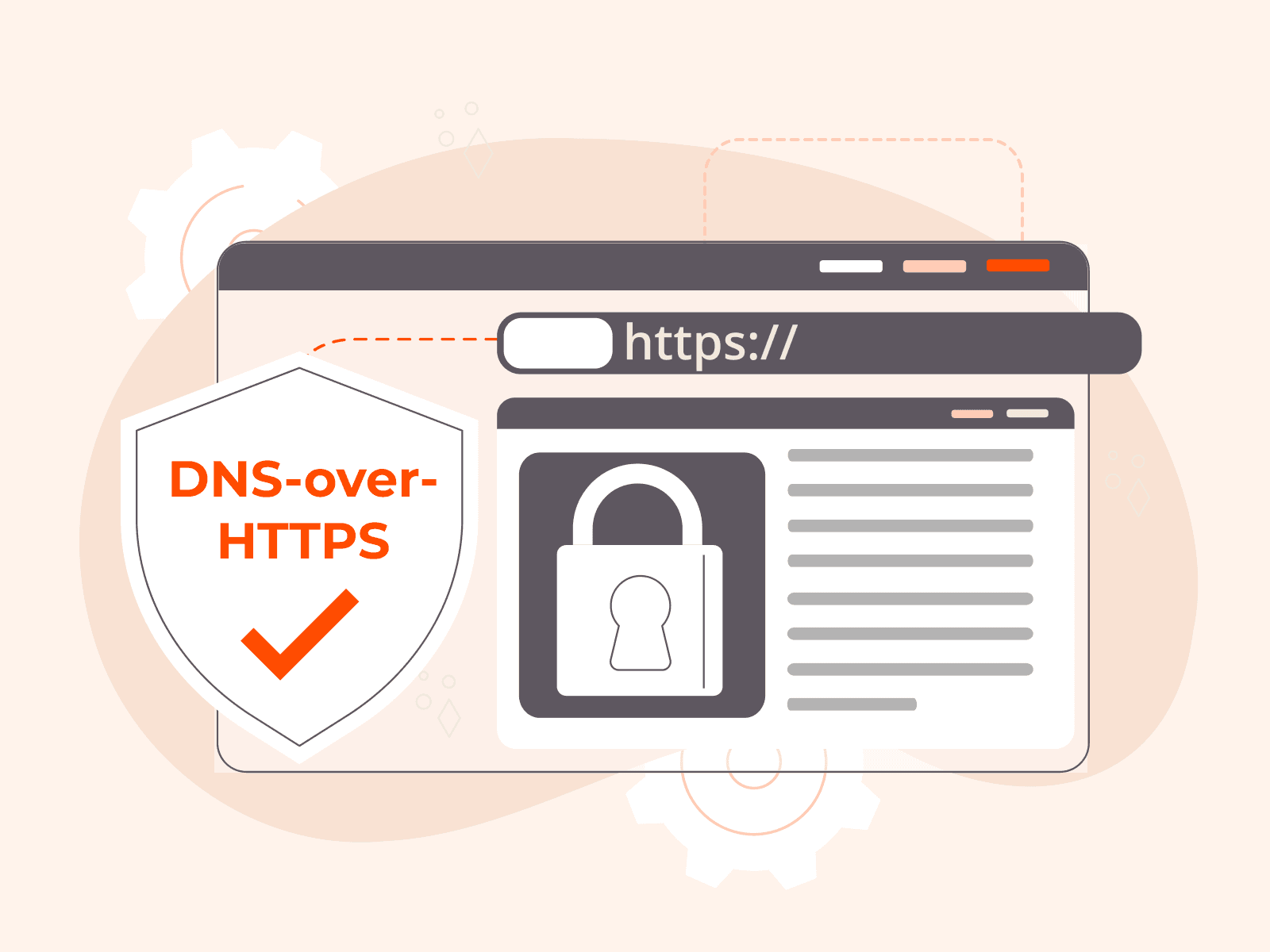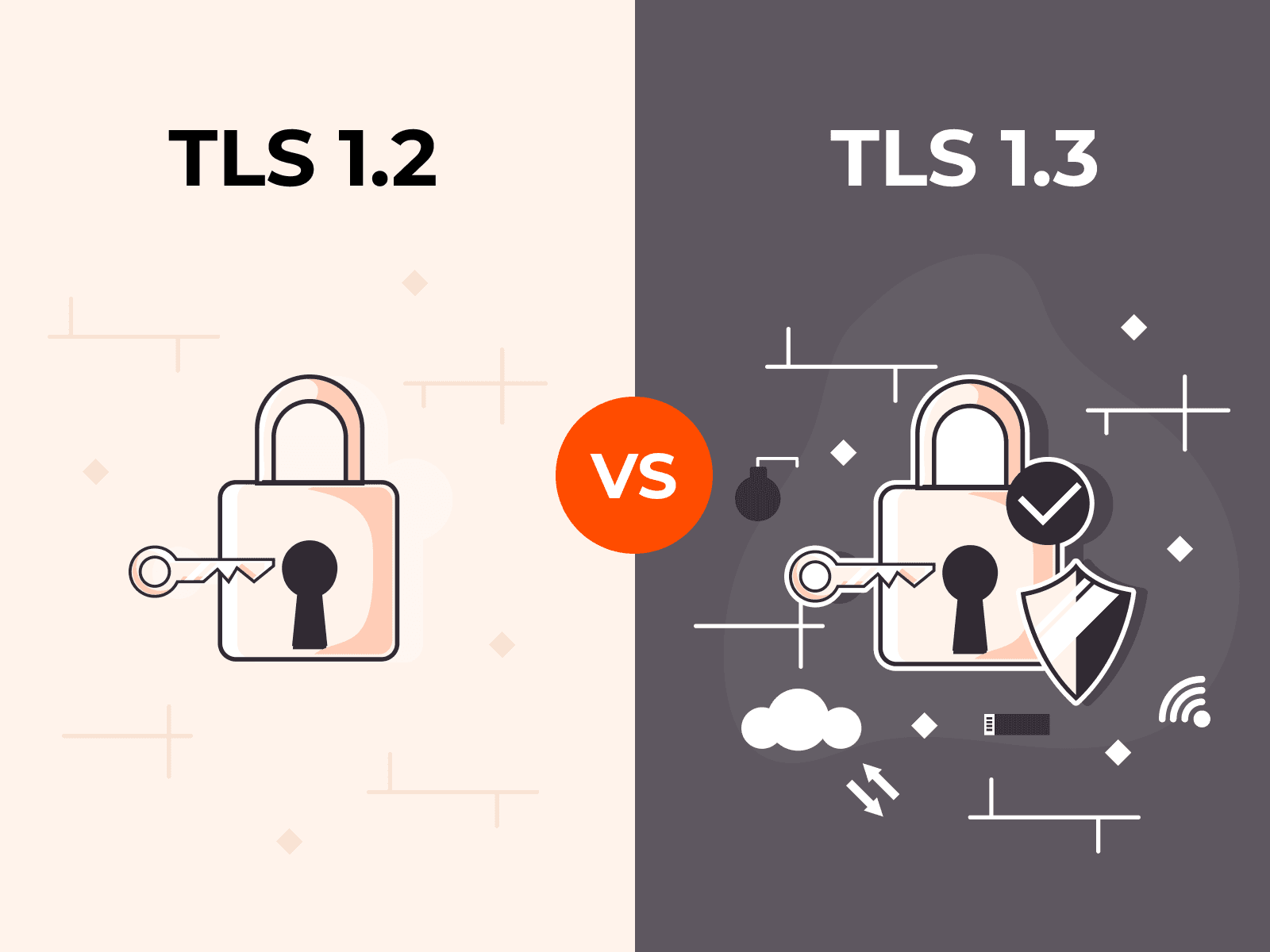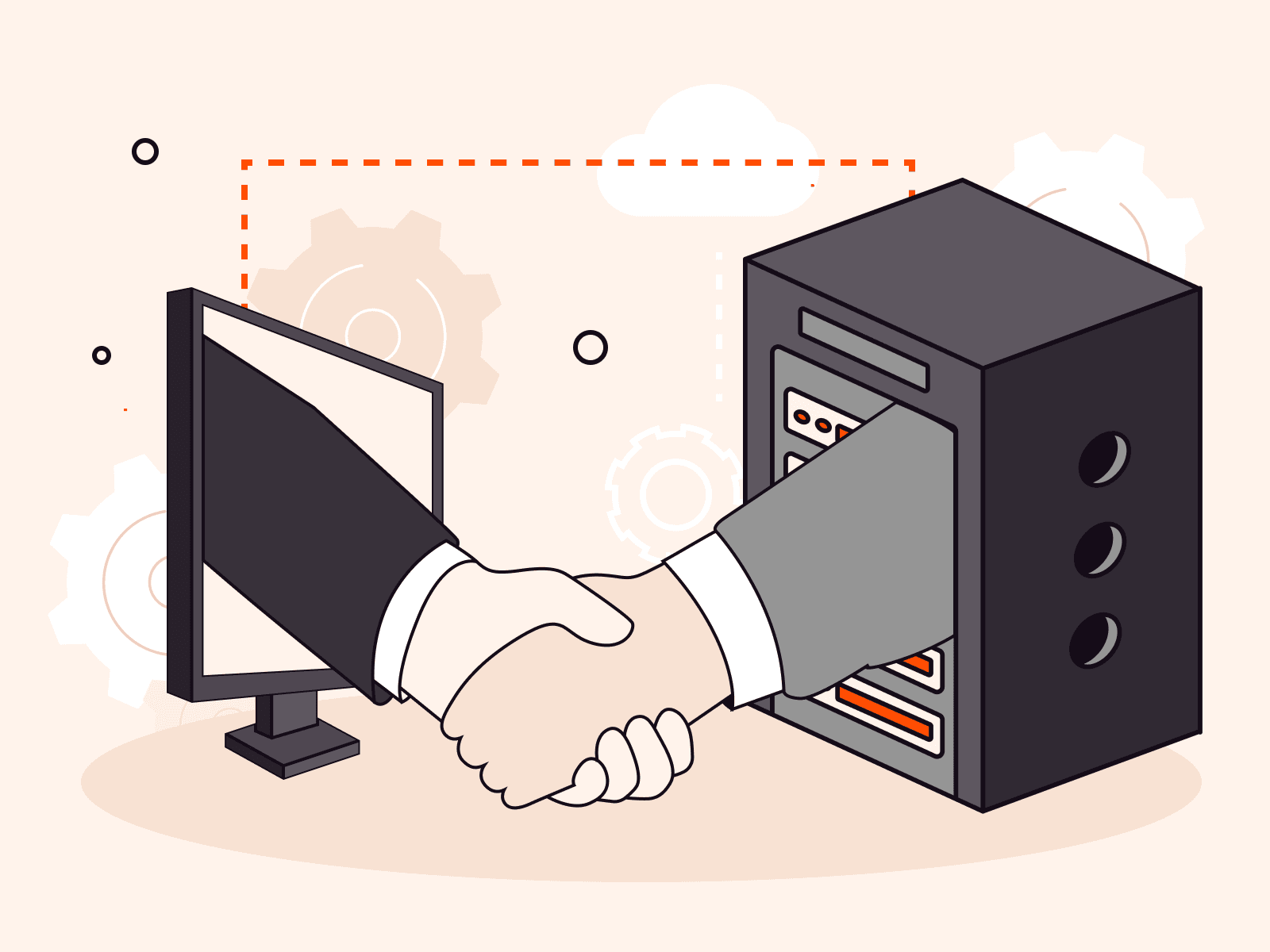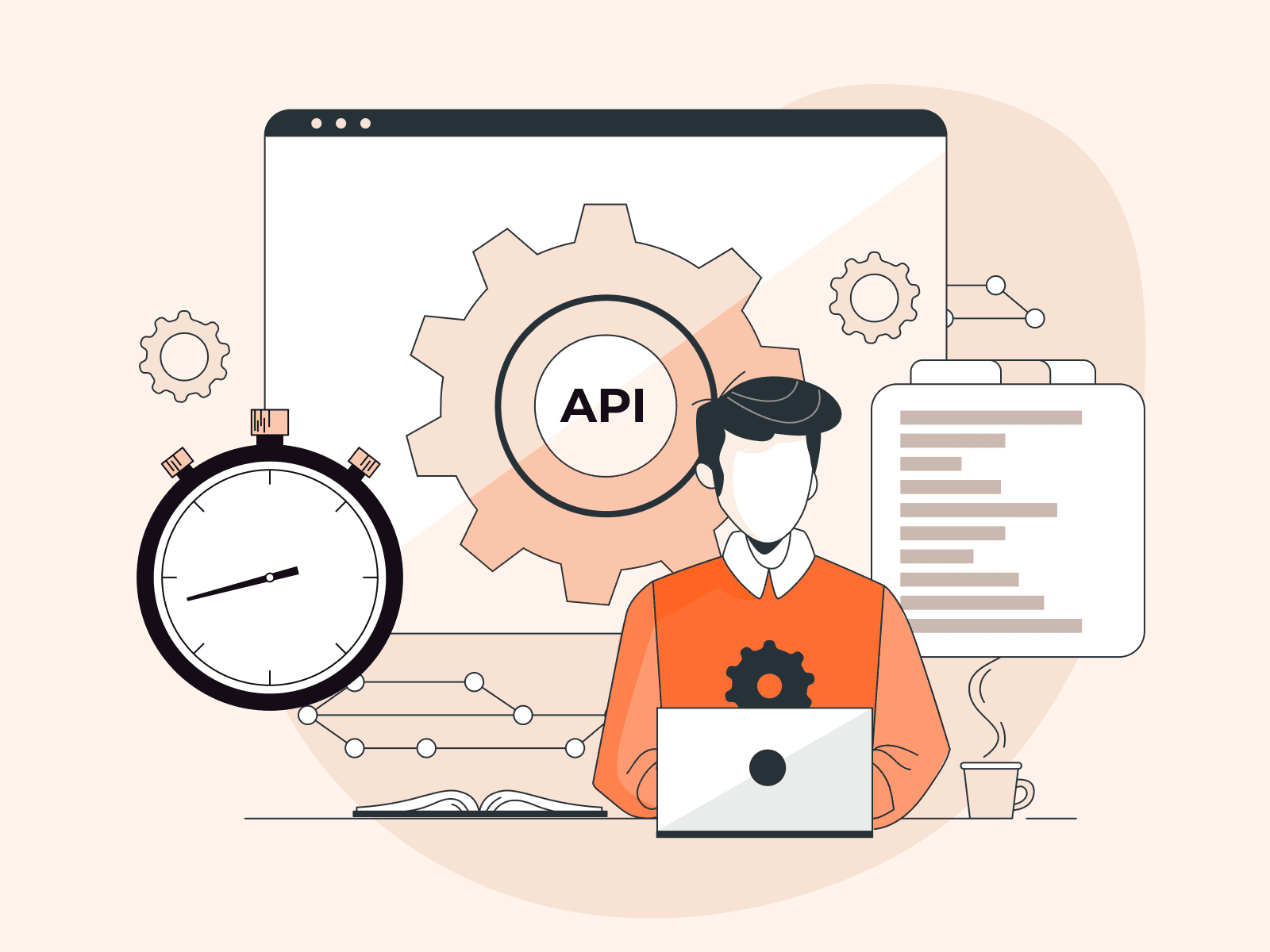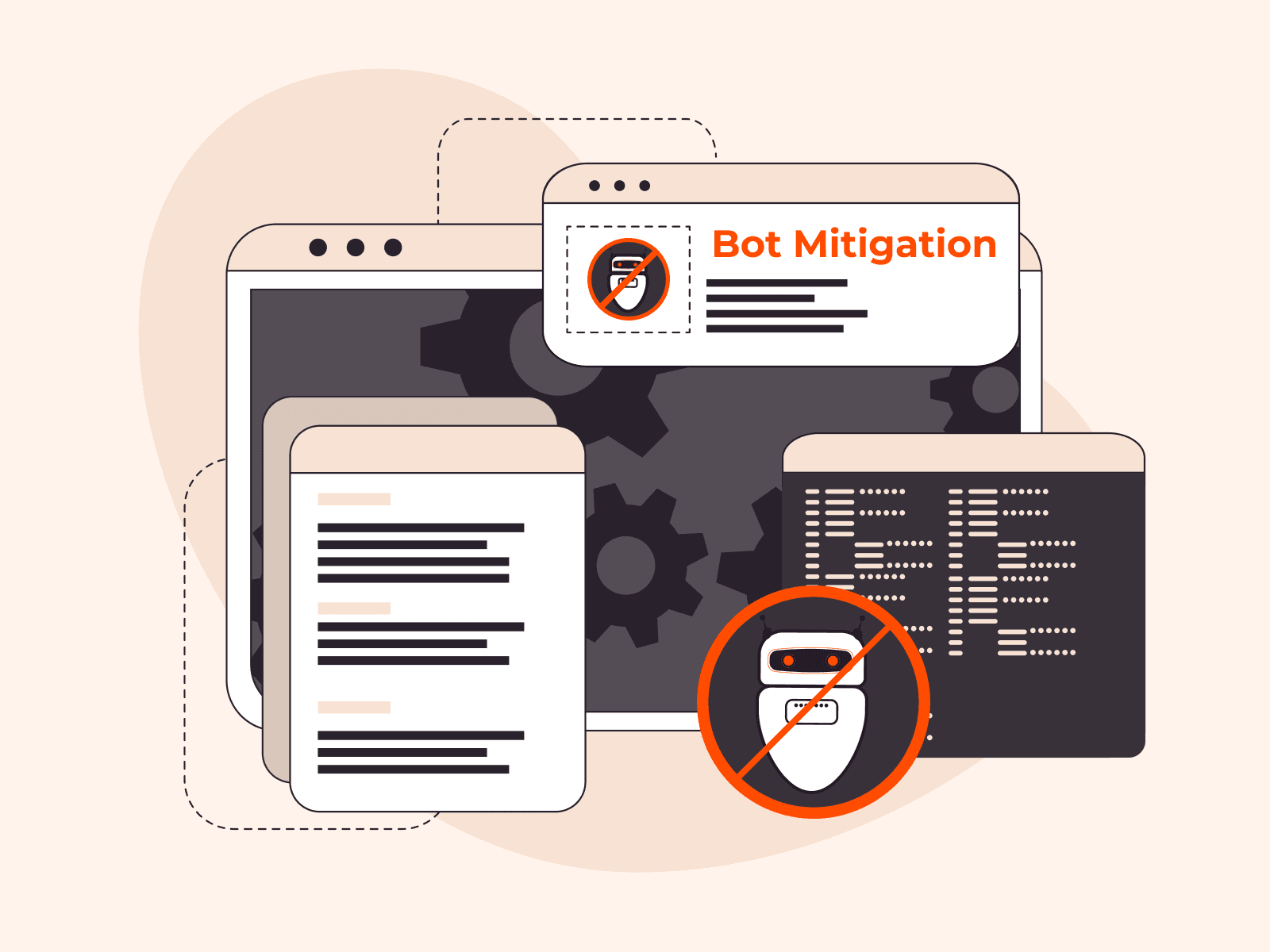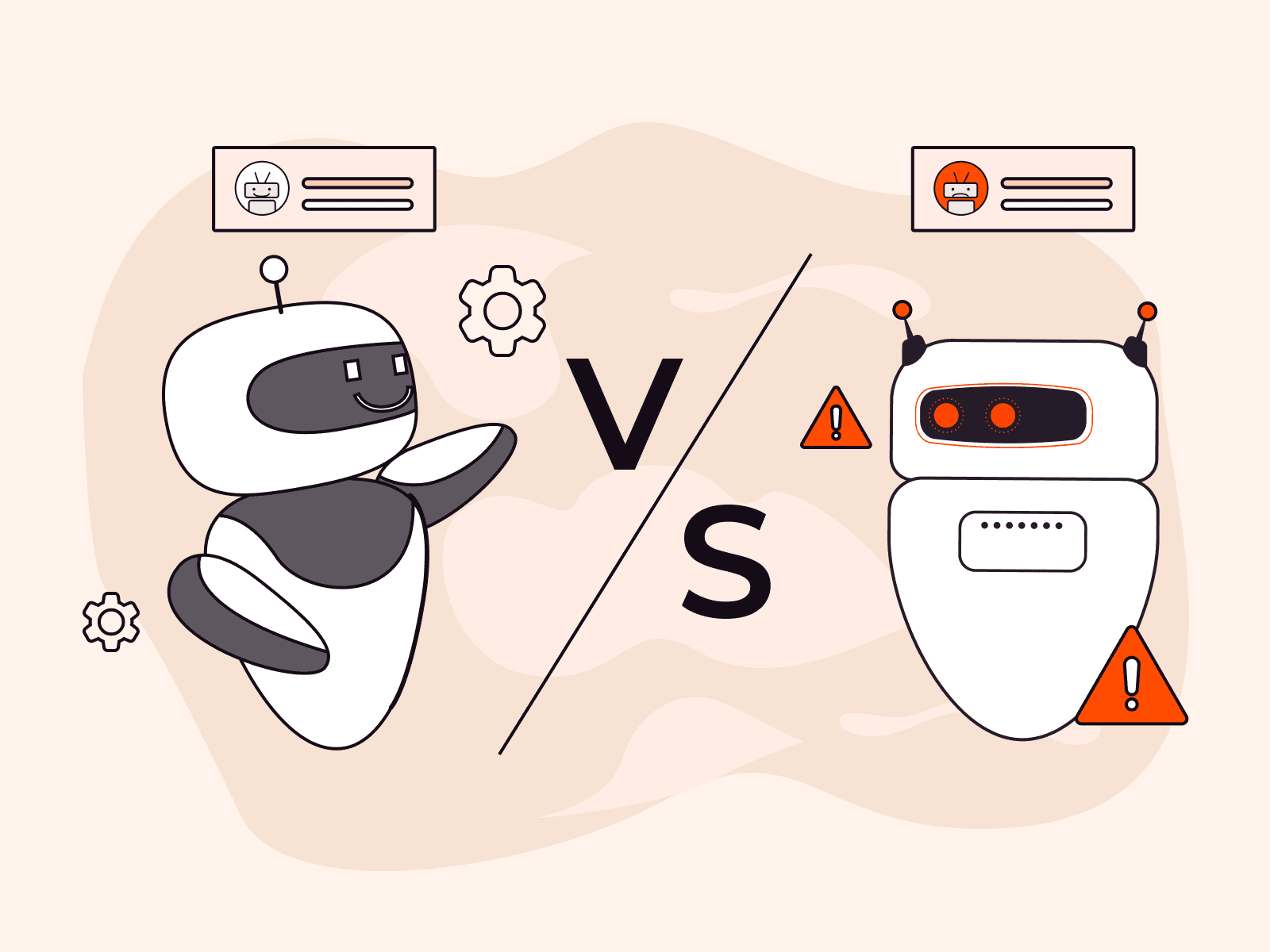A volumetric attack is a Distributed Denial of Service (DDoS) attack that floods a server or network with massive amounts of traffic to overwhelm its bandwidth and cause service disruption.
Volumetric attacks target Layers 3 (Network) and 4 (Transport) of the OSI model. Attackers use botnets (networks of compromised devices) to generate the high volume of malicious traffic required to exhaust bandwidth.
Traffic volume is measured in bits per second (bps), packets per second (pps), or connections per second (cps). The largest attacks now exceed three terabits per second (Tbps).
The main types include DNS amplification, NTP amplification, and UDP flood attacks. Reflection and amplification techniques are common, where attackers send small requests to vulnerable servers with a spoofed source IP (the target), causing the server to respond with much larger packets to the victim. This amplification can increase attack traffic by 50 to 100 times the original request size.
Recognizing the signs of a volumetric attack is critical for a fast response.
Network performance drops sharply when bandwidth is exhausted. You will see slow connectivity, timeouts, and complete service outages. These attacks typically last from minutes to hours, though some persist for days without proper defenses in place.
Understanding volumetric attacks is crucial because they can bring down services in minutes and result in organizations losing thousands of dollars in revenue per hour.
Modern attacks regularly reach multi-terabits per second, overwhelming even well-provisioned networks without proper DDoS protection.
What are volumetric attacks?
Volumetric attacks are Distributed Denial of Service (DoS) attacks that flood a target's network or server with massive amounts of traffic. The goal? Overwhelm bandwidth and disrupt service.
These attacks work at Layers 3 (Network) and 4 (Transport) of the OSI model. They focus on bandwidth exhaustion rather than exploiting application vulnerabilities. Attackers typically use botnets (networks of compromised devices) to generate the high volume of malicious traffic needed.
How do volumetric attacks work?
Volumetric attacks flood a target's network or server with massive amounts of traffic to exhaust bandwidth and make services unavailable to legitimate users. Attackers use botnets (networks of compromised devices) to generate enough traffic volume to overwhelm the target's capacity, typically measured in bits per second (bps), packets per second (pps), or connections per second (cps).
The attack targets Layers 3 (Network) and 4 (Transport) of the OSI model. Attackers commonly use reflection and amplification techniques to multiply their attack power.
Here's how it works: They send small requests to vulnerable servers, such as DNS, NTP, or memcached, with a spoofed source IP address (the victim's address). The servers respond with much larger packets directed at the target, amplifying the attack traffic by 10 times to 100 times or more.
The sheer volume of malicious traffic, combined with legitimate requests, makes detection difficult. When the flood of packets arrives, it consumes all available bandwidth and network resources.
Routers, firewalls, and servers can't process the volume. This causes service disruption or complete outages. Common attack types include DNS amplification, UDP floods, and ICMP floods (also known as ping floods), each targeting different protocols to maximize bandwidth consumption.
Modern volumetric attacks regularly exceed multiple terabits per second in size. IoT devices comprise a significant portion of botnets due to their often weak security and always-on internet connections.
Attacks typically last minutes to hours but can persist for days without proper protection.
What are the main types of volumetric attacks?
The main types of volumetric attacks refer to the specific methods attackers use to flood a target with massive amounts of traffic and exhaust its bandwidth. The main types of volumetric attacks are listed below.
- DNS amplification: Attackers send small DNS queries to open resolvers with a spoofed source IP address (the victim's). The DNS servers respond with much larger replies to the target, creating traffic volumes 28–54 times the original request size. This method remains one of the most effective amplification techniques.
- UDP flood: The attacker sends a high volume of UDP packets to random ports on the target system. The target checks for applications listening on those ports and responds with ICMP "Destination Unreachable" packets, exhausting network resources. These attacks are simple to execute but highly effective at consuming bandwidth.
- ICMP flood: Also called a ping flood, this attack bombards the target with ICMP Echo Request packets. The target attempts to respond to each request with ICMP Echo Reply packets. This consumes both bandwidth and processing power. The sheer volume of requests can bring down network infrastructure.
- NTP amplification: Attackers exploit Network Time Protocol servers by sending small requests with spoofed source addresses. The NTP servers respond with much larger packets to the victim, creating amplification factors up to 556 times the original request. This makes NTP one of the most dangerous protocols for reflection attacks.
- SSDP amplification: Simple Service Discovery Protocol, used by Universal Plug and Play devices, can amplify attack traffic by 30–40 times. Attackers send discovery requests to IoT devices with spoofed source IPs, causing these devices to flood the victim with response packets. The proliferation of unsecured IoT devices makes this attack increasingly common.
- Memcached amplification: Attackers target misconfigured memcached servers with small requests that trigger massive responses. This protocol can achieve amplification factors exceeding 50,000 times, making it capable of generating multi-terabits-per-second attacks. Several record-breaking attacks in recent years have used this method.
- SYN flood: The attacker sends a rapid succession of SYN requests to initiate TCP connections without completing the handshake. The target allocates resources for each half-open connection, quickly exhausting its connection table. While technically targeting connection resources, large-scale SYN floods can also consume a significant amount of bandwidth.
What are the signs of a volumetric attack?
Signs of a volumetric attack are the observable indicators that a network or server is experiencing a DDoS attack designed to exhaust bandwidth through massive traffic floods. Here are the key signs to watch for.
- Sudden traffic spikes: Network monitoring tools show an abrupt increase in traffic volume, often reaching gigabits or terabits per second. These spikes happen without any corresponding increase in legitimate user activity.
- Network congestion: Bandwidth becomes saturated, causing legitimate traffic to slow or stop entirely. Users experience timeouts, failed connections, and complete service unavailability.
- Unusual protocol activity: Monitoring reveals abnormal levels of specific protocols, such as DNS, NTP, ICMP, or UDP traffic. Attackers commonly exploit these protocols in reflection and amplification attacks.
- High packet rates: The network receives an extreme number of packets per second (pps), overwhelming routers and firewalls. This flood exhausts processing capacity even when individual packets are small.
- Traffic from multiple sources: Logs show incoming connections from thousands or millions of different IP addresses simultaneously. This pattern indicates botnet activity rather than legitimate user behavior.
- Asymmetric traffic patterns: Inbound traffic dramatically exceeds outbound traffic, creating an imbalanced flow. Normal operations typically show more balanced bidirectional communication.
- Repeated connection attempts: Systems log massive numbers of connection requests to random or non-existent ports. These requests aim to exhaust server resources through sheer volume.
- Geographic anomalies: Traffic originates from unexpected regions or countries where the service has few legitimate users. This geographic mismatch suggests coordinated attack traffic rather than organic usage.
What impact do volumetric attacks have on businesses?
Volumetric attacks hit businesses hard by flooding network bandwidth with massive traffic surges, causing complete service outages, revenue loss, and damaged customer trust. When these attacks overwhelm a network with hundreds of gigabits or even terabits per second of malicious traffic, legitimate users can't access your services. This results in direct revenue loss during downtime and potential long-term customer attrition.
The financial damage doesn't stop when the attack ends. Beyond immediate outages, you'll face costs from emergency mitigation services, increased infrastructure investments, and reputational damage that can persist for months or years after the incident.
How to protect against volumetric attacks
You can protect against volumetric attacks by deploying traffic filtering, increasing bandwidth capacity, and using specialized DDoS mitigation services like Gcore that can absorb and filter malicious traffic before it reaches your network.
- First, deploy traffic filtering at your network edge to identify and block malicious packets. Configure your routers and firewalls to drop traffic from known malicious sources and apply rate-limiting rules to suspicious IP addresses. This stops basic attacks before they consume your bandwidth.
- Next, increase your bandwidth capacity to absorb traffic spikes without service degradation. While this won't stop an attack, having 2 to 3 times your normal bandwidth gives you buffer time to apply other defenses. Major attacks regularly exceed multiple terabits per second, so plan capacity accordingly.
- Then, set up real-time traffic monitoring to detect unusual patterns early. Configure alerts for sudden spikes in bits per second, packets per second, or connections per second. Early detection lets you respond within minutes instead of hours.
- After that, work with your ISP to implement upstream filtering when attacks exceed your capacity. ISPs can drop malicious traffic at their network edge before it reaches you. Establish this relationship before an attack happens because response time matters.
- Deploy anti-spoofing measures to prevent your network from being used in reflection attacks. Enable ingress filtering (BCP 38) to verify source IP addresses and reject packets with spoofed origins. This protects both your network and potential victims.
- Finally, consider using a DDoS protection service that can handle multi-terabit attacks through global scrubbing centers. These services route your traffic through their infrastructure, filtering out malicious packets while allowing legitimate requests to pass through. This is essential since volumetric attacks account for over 75% of all DDoS incidents.
Test your defenses regularly with simulated attacks to verify your response procedures and identify weak points before real attackers do.
What are the best practices for volumetric attack mitigation?
Best practices for volumetric attack mitigation refer to the proven strategies and techniques organizations use to defend against bandwidth exhaustion attacks. The best practices for mitigating volumetric attacks are listed below.
- Deploy traffic scrubbing: Traffic scrubbing centers filter malicious packets before they reach your network infrastructure. These specialized facilities can absorb multi-Tbps attacks by analyzing traffic patterns in real-time and blocking suspicious requests while allowing legitimate users through.
- Use anycast network routing: Anycast routing distributes incoming traffic across multiple data centers instead of directing it to a single location. This distribution prevents attackers from overwhelming a single point of failure and spreads the attack load across your infrastructure.
- Implement rate limiting: Rate limiting controls restrict the number of requests a single source can send within a specific timeframe. You can configure these limits at your network edge to drop excessive traffic from suspicious IP addresses before it consumes bandwidth.
- Monitor baseline traffic patterns: Establish normal traffic baselines for your network to detect anomalies quickly. When traffic volume suddenly spikes by 300% or more, automated systems can trigger mitigation protocols within seconds rather than minutes.
- Configure upstream filtering: Work with your ISP to filter attack traffic before it reaches your network perimeter. ISPs can block malicious packets at their backbone level, preventing bandwidth saturation on your connection and preserving service availability.
- Enable connection tracking: Connection tracking systems maintain state information about active network connections to identify suspicious patterns. These systems can detect when a single source opens thousands of connections simultaneously (a common sign of volumetric attacks).
- Maintain excess bandwidth capacity: Keep at least 50% more bandwidth capacity than your peak legitimate traffic requires. This buffer won't stop large attacks, but it gives you time to activate other defenses before services degrade.
How to respond during an active volumetric attack
When a volumetric attack occurs, you need to act quickly: activate your DDoS mitigation service, reroute traffic through scrubbing centers, and isolate affected network segments while maintaining service availability.
- First, confirm you're facing a volumetric attack. Check your network monitoring tools for sudden traffic spikes measured in gigabits per second (Gbps) or packets per second (pps). Look for patterns such as UDP floods, ICMP floods, or DNS amplification attacks that target your bandwidth rather than your application logic.
- Next, activate your DDoS mitigation service immediately or contact your provider to reroute traffic through scrubbing centers. These centers filter out malicious packets before they reach your infrastructure. You'll typically see attack traffic reduced by 90-95% within 3-5 minutes of activation.
- Then, implement rate limiting on your edge routers to cap incoming traffic from suspicious sources. Set thresholds based on your normal traffic baseline. If you typically handle 10 Gbps, limit individual source IPs so no single origin consumes more than 1-2% of capacity.
- After that, enable geo-blocking or IP blacklisting for regions where you don't operate if attack sources concentrate in specific countries. This immediately cuts off large portions of botnet traffic while preserving access for legitimate users.
- Isolate critical services by redirecting less important traffic to secondary servers or temporarily turning off non-essential services. This preserves bandwidth for your core business functions during the attack.
- Finally, document the attack details. Record start time, peak traffic volume, attack vectors used, and source IP ranges for post-incident analysis. This data helps you strengthen defenses and may be required for law enforcement or insurance claims.
Monitor your traffic continuously for 24 to 48 hours after the attack subsides. Attackers often launch follow-up waves to test your defenses or exhaust your mitigation resources.
Frequently asked questions
What's the difference between volumetric attacks and application-layer attacks?
Volumetric attacks flood your network with massive traffic to exhaust bandwidth at Layers 3 and 4. Application-layer attacks work differently. They target specific software vulnerabilities at Layer 7 using low-volume, sophisticated requests that are harder to detect.
How large can volumetric attacks get?
Volumetric attacks regularly reach multiple terabits per second (Tbps). The largest recorded attacks exceeded 3 Tbps in 2024.
Can small businesses be targeted by volumetric attacks?
Yes, small businesses are frequently targeted by volumetric attacks. Attackers often view them as easier targets with weaker defenses and less sophisticated DDoS protection than enterprises.
How quickly can volumetric attack mitigation be deployed?
Modern DDoS protection platforms activate automatically when they detect attack patterns. Once traffic reaches the protection service, volumetric attack mitigation deploys in under 60 seconds, routing malicious traffic away from your network.
Initial setup of the protection infrastructure takes longer. You'll need hours to days to configure your defenses properly before you're fully protected.
What is the cost of volumetric DDoS protection?
Volumetric DDoS protection costs vary widely. Basic services start at $50 to $500+ per month, while enterprise solutions can run $10,000+ monthly. The price depends on three main factors: bandwidth capacity, attack size limits, and response times.
Most providers use a tiered pricing model. You'll pay based on your clean bandwidth needs (measured in Gbps) and the maximum attack mitigation capacity you need (measured in Tbps).
Do volumetric attacks always target specific organizations?
No, volumetric attacks don't target specific organizations. They flood any available bandwidth indiscriminately and often hit unintended victims through reflection and amplification techniques. Here's how it works: attackers spoof the target's IP address when sending requests to vulnerable servers, which causes those servers to overwhelm the victim with massive response traffic.
How does Gcore detect volumetric attacks in real-time?
The system automatically flags suspicious traffic when it exceeds your baseline thresholds, measured in bits per second (bps) or packets per second (pps).
Related articles
Subscribe to our newsletter
Get the latest industry trends, exclusive insights, and Gcore updates delivered straight to your inbox.

